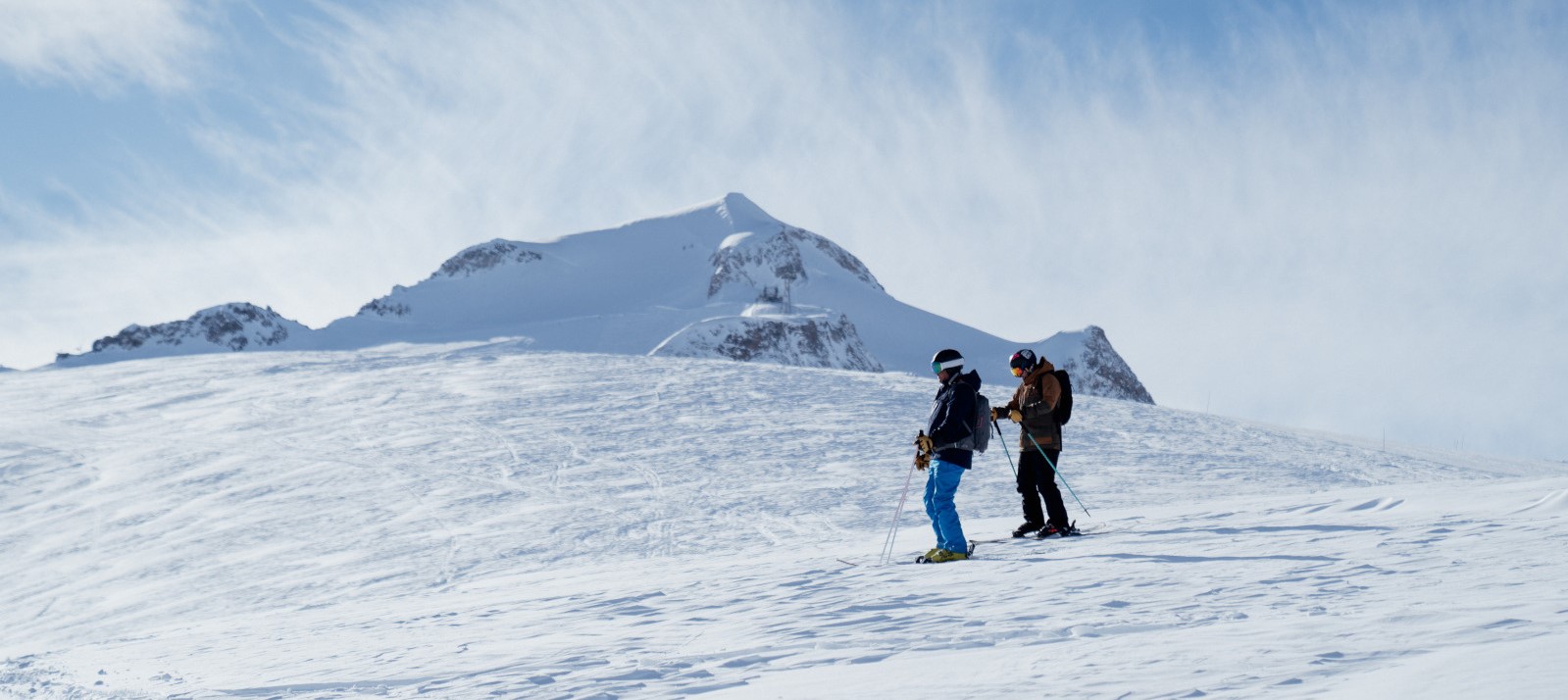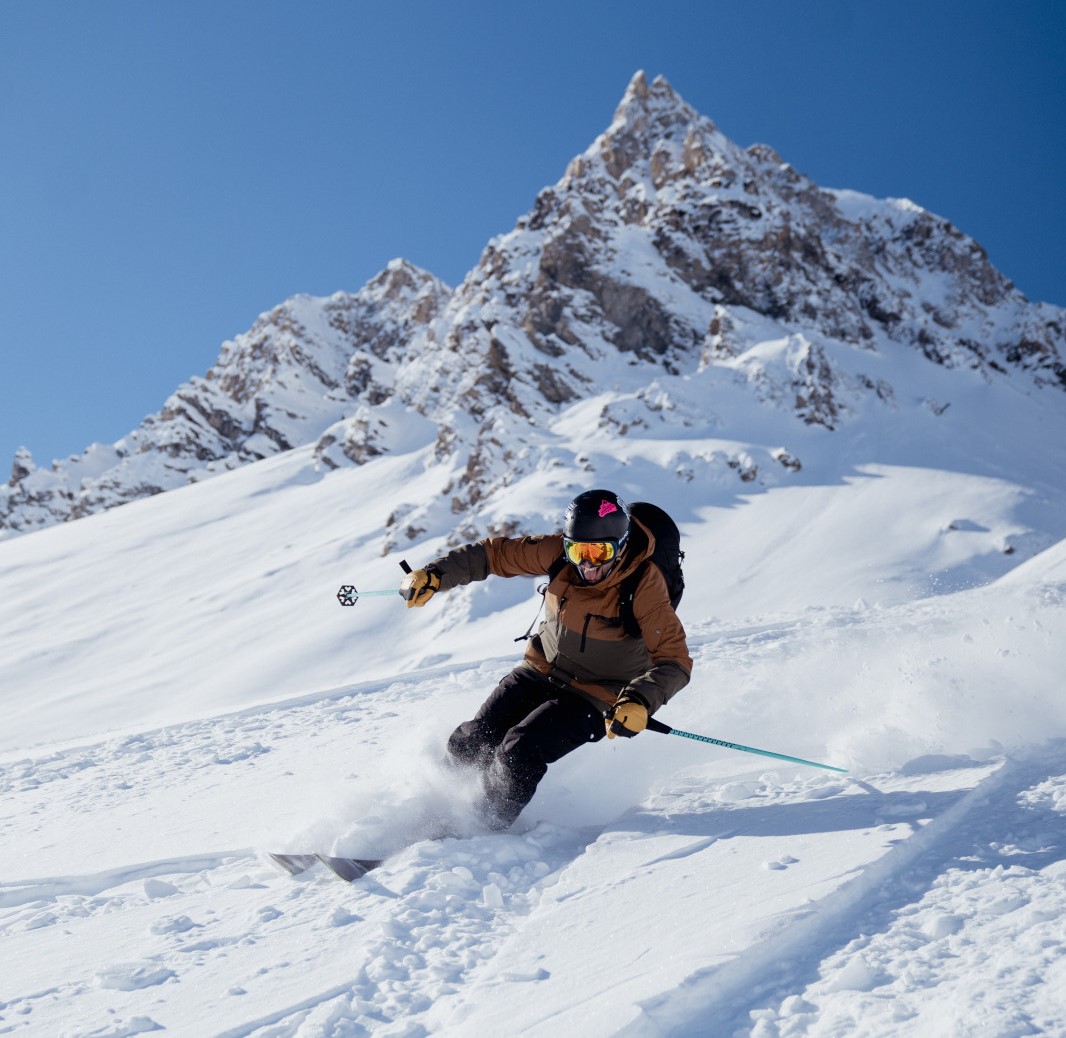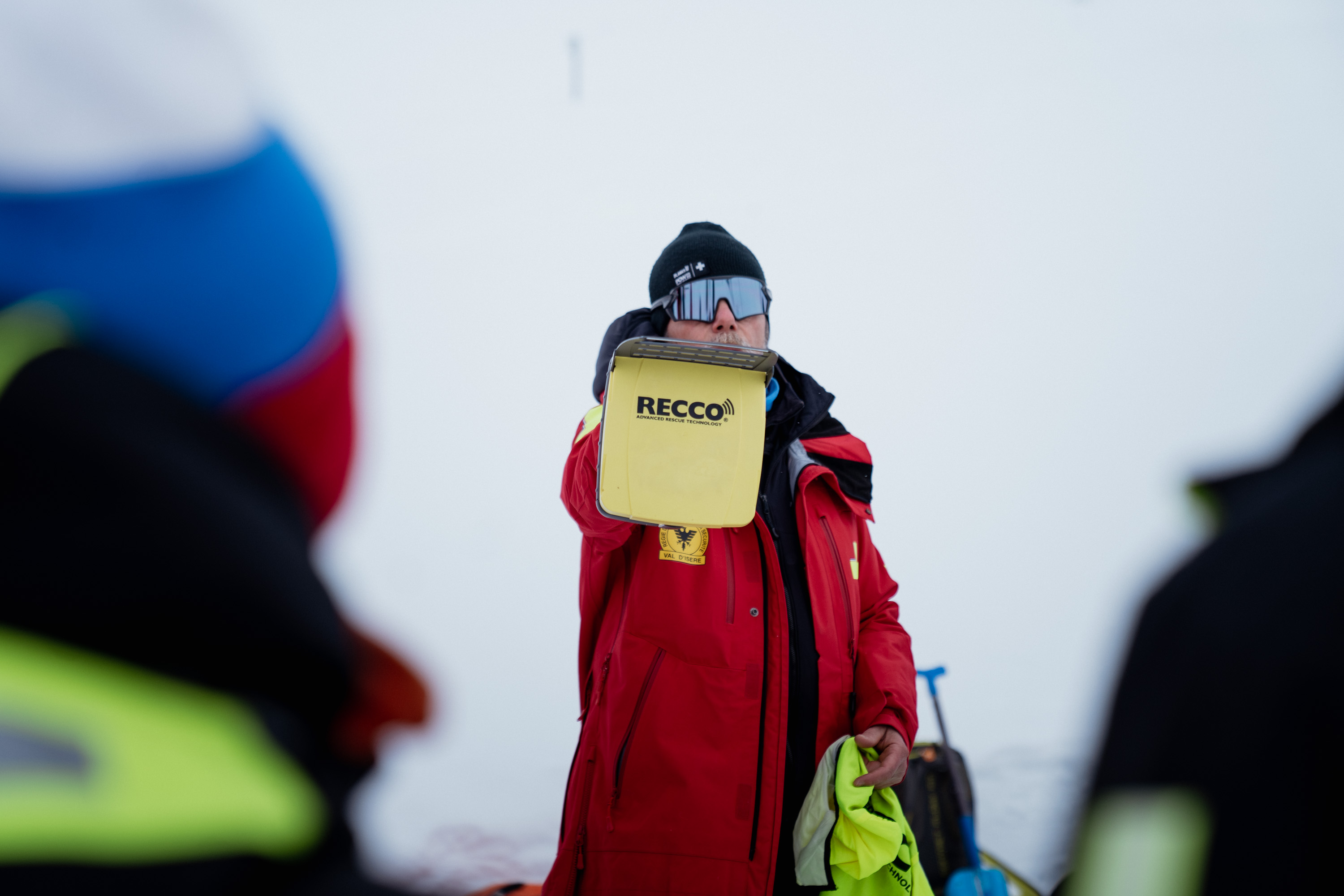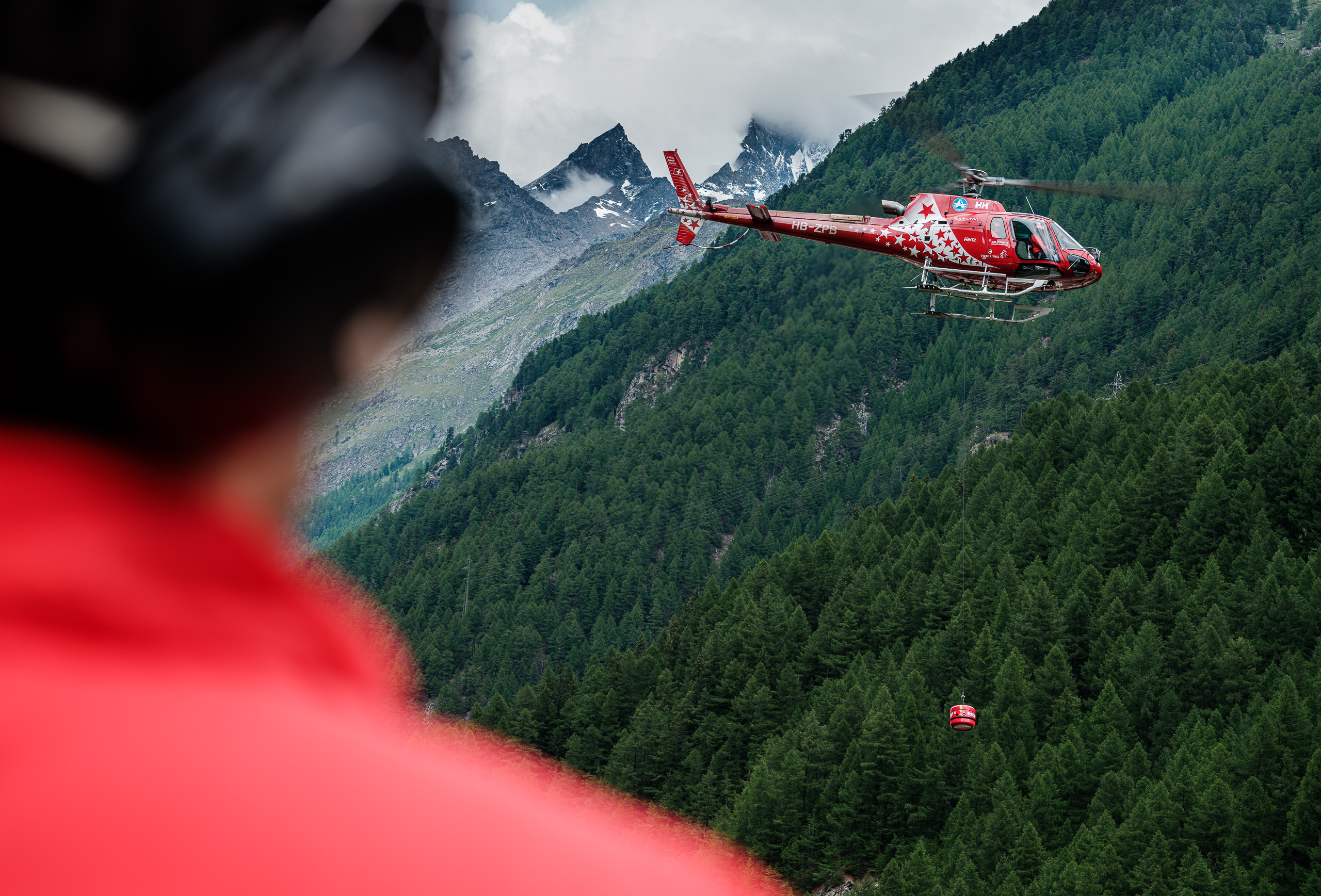
3 tips for a successful off-piste trip
After heavy snowfalls, an irresistible urge arises. You know the one of hurtling down virgin slopes, free of obstacles, of having the mountain to yourself, of being free and connected to the elements. The reputation of the Tignes-Val d'Isère ski area is well established. The practice of freeride is almost a religion.
The area offers one of the best freeride spots in the Alps, a large part of which is accessible from the ski lifts. However, off-piste sessions are not to be taken lightly, the mountain remains an unstable natural environment, that's why, here are the 3 tips to make your outing perfect and safe.
1 / Work WITH EXPERIENCED PEOPLE
To find the spot, THE best slope, be accompanied. Big slopes, small couloirs, small combs... A specialized instructor will be able to guide you according to your desires and your level to prepare your itinerary. In addition to knowing the area, he will also have the history of snowfall. In Tignes, many ski schools offer "off-piste" sessions.

2 / HAVE CONSULTED THE BRA/BERA
What is the BERA? BERA is the acronym for Bulletin d'Estimation du Risque d'Avalanche (Avalanche Risk Assessment Bulletin). It is a tool edited by meteorologists every day during the winter allowing to have important information to understand and estimate the avalanche risk in a massif. It will allow you to choose the least exposed slopes and to give you a precise indication of the state of the snow cover.
All information is available on the Météo France website.
3 / BE EQUIPPED AND TRAINED
The off-piste sectors are not secured, marked or patrolled. Avalanche rescue equipment will not protect you from avalanches but will increase your chances of survival. It is therefore essential to be equipped and to know how to use the equipment :
- DVA/shovel/probe : A must-have trio. Rescue kit for companions (locating and freeing any person caught in an avalanche).
- RECCO reflectors : To be always locatable by professional rescuers.
- An airbag backpack : It allows you to stay on the surface of the snow.
- A helmet : Essential for on-piste skiing and off-piste skiing to protect your head from possible impacts.
- A cell phone : It may seem crazy to remind you of this, but always carry a CHARGED cell phone (beware of rapid discharges in the mountains due to the cold) in your pocket to call for help or report an avalanche.
Knowing how to use the equipment is the key. Don't hesitate to test it before each outing. In Tignes, introductory courses and DVA research are given with specialized instructors.
LAST ADVICE
If the conditions are unfavorable, if you don't have the right equipment and/or if you simply don't feel like it, don't go. The mountain remains a natural environment that can be hostile. Prefer optimal safety conditions for off-piste/freeride.
FOCUS ON ..... RECCO TECHNOLOGY
 Founded in 1983, Recco is a specialist in the development and marketing of tools to help search in mountain environments. It has developed a cutting-edge technology: RECCO reflectors and detectors. And recently, a new RECCO SAR helicopter detector to extend its activity over the whole year (summer and winter).
Founded in 1983, Recco is a specialist in the development and marketing of tools to help search in mountain environments. It has developed a cutting-edge technology: RECCO reflectors and detectors. And recently, a new RECCO SAR helicopter detector to extend its activity over the whole year (summer and winter).
What is RECCO technology ? Reflectors & detectors
The reflectors are passive transponders (no battery required), they have an unlimited lifetime. They allow to be located by rescue workers. Rescue teams use detectors (range of 80 meters in the air and 20 meters in the snow). They are used all over the world.
Today, more than 150 brands already integrate this technology in their products (jackets, pants, bags, shoes and helmets...) like Decathlon, Patagonia, Helly Hansen, Cairn, Burton, Millet, Kilpi, Colmar.... Recco reflectors are also available individually and can be attached to your equipment (helmet, bag...).
HOW DOES IT WORK ?
1. The RECCO detector emits a directional radar signal, similar to a flashlight beam.
2. When the radar signal encounters the RECCO reflector, it is reflected back to the detector, indicating to rescuers the direction of the victim.
3. The closer the detector is to the reflector, the stronger the returned signal, allowing the rescuers to locate the victim.
The device is evolving
Widely used in our European neighbors (Switzerland, Germany, Austria, Italy and Spain), the helicopter detector RECCO SAR activates a rapid search and rescue of missing persons in the wilderness. The principle is the same : detector - reflector.
Attached to a helicopter, the detector was developed to cover large areas quickly. In normal conditions, the search is carried out at a height of 100 m, and covers a corridor of 100 m wide, at a speed of about 100 km/h, allowing the rescuers to search 1 km² in about 6 minutes. |
 OPEN
OPEN
